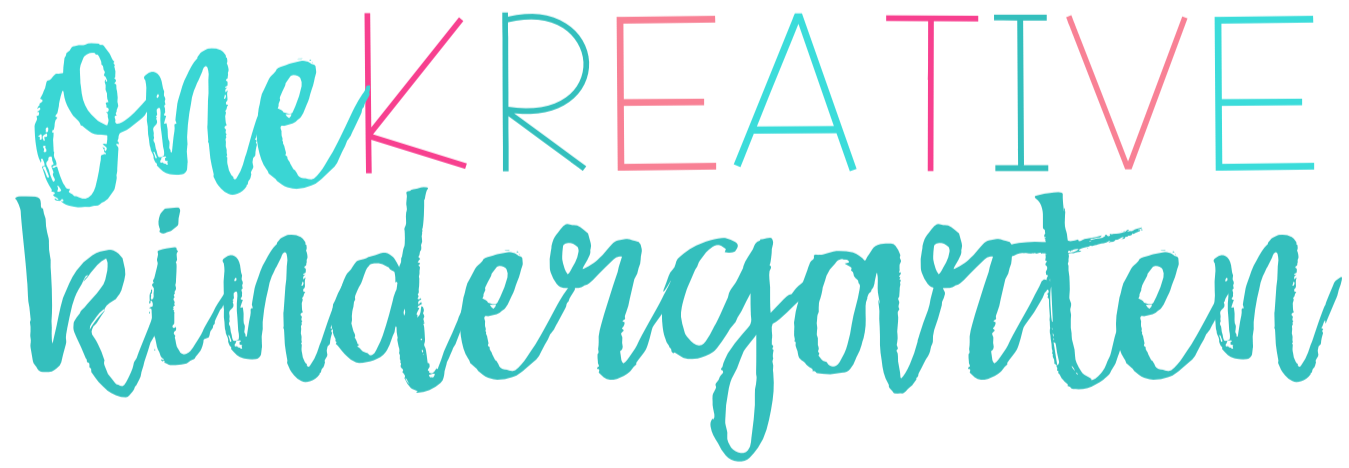The winter holidays can be a very hectic time. A time filled with much excitement for the upcoming celebrations. Many schools and classrooms are incorporating holiday activities in their schedules during this season.
Since I teach at a Catholic school, I’m allowed to openly celebrate Christmas, however, I know that’s not the case for most schools. I know teachers who don’t celebrate the holidays or celebrate each holiday so all students feel included.
While reflecting on both school activities and what society sees in the stores, I’ve noticed that much of the holiday resources available are all geared toward Christmas, which not everyone celebrates. I even have my own Christmas resources in my TpT store that I know not everyone can use. This is how the Holiday Kindness Character was born. The Holiday Kindness Character is an inclusive holiday activity you can use in your classroom during the holiday season.

The Holiday Kindness Character
Similar to “Elf on the Shelf”, the Kindness Character watches you during the holiday season. It is a stuffed animal or doll of your choosing who joins your classroom during the month of December. This character brings letters each day that promote kindness during the holiday season. Each letter has specific ideas of what students even as young as Pre-K and Kindergarten can do to spread some joy.
The Kindness Character does not discuss any specific holidays but the holiday season in general. This makes this activity a much more inclusive holiday activity than the popular Elf on the Shelf. (Now, I’m not going to lie, I use the Elf in my classroom and we do celebrate Christmas because of my school’s circumstances, however, I want each classroom to be able to spread joy and love through the season, even if they don’t celebrate Christmas.)
The Resource
This resource includes 20 letters from your Kindness Character. These letters include ways to promote and spread kindness throughout the holiday season. It is editable so you can write your character’s name. It also includes an editable template so you can write your own letter.


























